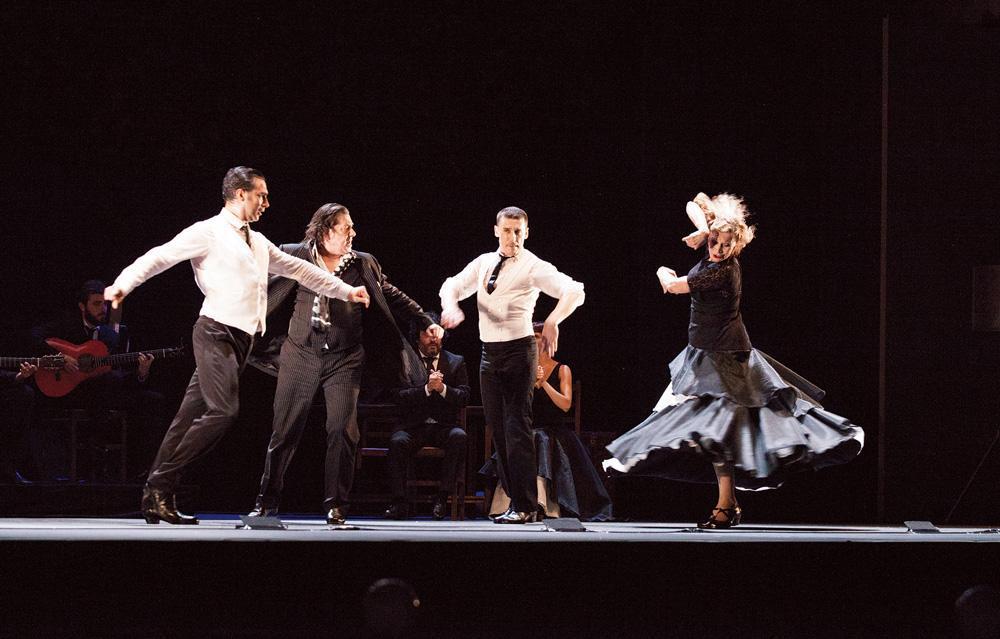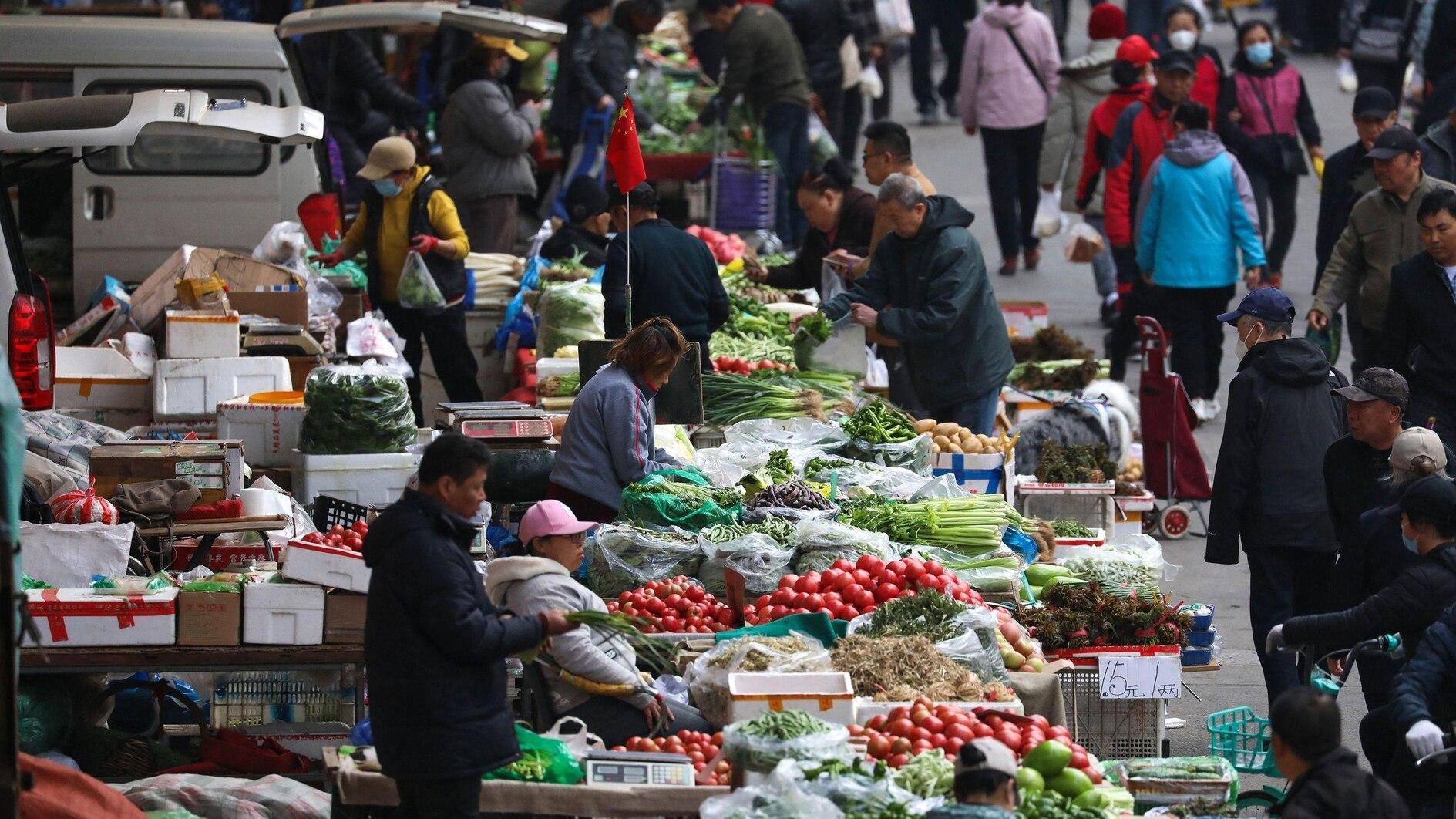Jose Antonio in Turkey with ‘Picasso’
ISTANBUL

Istanbul’s İş Sanat ends their 18th season on May 22 with legendary dancer Jose Antonio Ruiz, who is one of the most important figures in flamenco.
Ruiz, who presided over the Spanish National Ballet for more than 13 years, has established his own companies many times and has been honored with numerous awards throughout his career. He will be guest of İş Sanat with his dance company’s show “Picasso.”
For the show, which made its world premiere at the International Granada Dance and Music Festival in 2001, Ruiz is inspired by the famous Spanish painter Pablo Picasso, creating a choreography over his works, and takes the audience on a trip among the different stages of Picasso’s life.
The show consists of two parts named Picasso Paisajes (Picasso Views) and Flamenco Invocaciones (Flamenco Ambition). In the first part of the demonstration, an atmosphere is created through the essence and symbolism of colors, with different colors and clothes leading the audience to different worlds. In the second part of the show, the focus will be on flamenco itself.
In an exclusive interview, Ruiz speaks about the show.
It is not easy to create choreography based on an artist like Picasso. How did this idea come to your mind? Could you please tell us the creative process of “Picasso?”
The project started with the composer Jose Nieto and I, we always start analyzing where and how to develop the story. For this reason, we decided on the pictorial stages period and classification of painter life—Blue, Pink and Black. The latter has a reference to war.
You said, “I wanted to try to travel through those suggestive worlds of the different stages of his prolific life.” Which periods of Picasso’s life will we see in the show? What kind of reaction do you get with your “Picasso” show around the world?
The journey through the three stages means: Blue, the loneliness and helplessness of humble people; people suffer but the great powers of society do not hear or want to hear their pain or misery. Pink represents a more lyrical stage and is a reference to his first wife Olga Khokhlova. Dancer of the Ballets Russes de Diaghilev, here the character is a circus dancer, who evokes a naive and translucent atmosphere. Black is all the drama that war represents, invasion, destruction and extermination of any vestige of human dignity.
You made the world premiere on the show on June 23, 2001. We will watch this show for the first time in Turkey. So what has changed to this day?
I am excited to get back in the job after 17 years. The choreography has not changed except interpreters since its release, from my point of view I think, which maintains its vigor and validity; therefore, it retains all the freshness and visual impact. Choreographic style is neoclassical Spanish dance. It is like seeing a restored painting that preserves the original values, messages and images that continue to have a timeless validity.
In the first part of the show called “Picasso Paisajes,” you also used color, lights and costumes as an effective way of expressing the emotions. How did you reflect the colors in the pictures of Picasso to the stage for the show? What do Picasso’s colors tell us?
When I started creating Picasso Paisajes, I did not want to reproduce any of Maestro Picasso’s work. The three parts of the show are the inspiration that his works have produced to me in the different stages of his artistic life. For costumes, I called Pedro Moreno, a Spanish master costume designer. He gave each part colors and costumes that are well lit by Juan Gomez Cornejo. I never wanted to reproduce Picasso’s painting; only the soul and color of the works of each period of his artistic career.
In the second episode Flamenco Invocaciones, you are telling the passion of Flamenco. What is hidden in your passion of flamenco?
There is nothing hidden in my passion for flamenco. All that is shown in the second part of the show is the essence of flamenco seen from my perspective. In this second part, there are choreographies by Fernando Romero, who has collaborated with his special vision of contemporary flamenco respecting tradition. Flamenco has been with me since I was eight years old and it is a part of my life and of the dancers and musicians who participate in this show.
You have had a successful career for 50 years. What excites you now about dancing after so many years?
I’ve been dancing since I was eight and worked in the most important theaters in the world but every time I go on stage, it’s like it’s the first time. Since I started, I have always loved and respected the stage and for that reason, there is always a different emotion. Each theater and stage and each performance gives you a different emotion.
How do you define the difference between being a choreographer and a dancer?
Well, there really is a big difference. It is not easy to be a choreographer and a dancer at the same time. Not all dancers are choreographers. In my case, my career as a dancer for so many years and under the direction of great masters has made me develop my ability to create works born from experience and culture and respect the choreographic art of my country.
What do you know about Turkey?
I was in Turkey for the first time when I came to Istanbul in 1995. I went with the Ballet Flamenco de Andalucia and was impressed by the city, its history, its people and especially the magic in every corner of the city. I love being back.
We are going to watch your show at İş Sanat for the first time in Turkey 17 years later. Isn’t it such a long break?
It really has been many years but the work continues to be fresh and topical. The choreographies do not expire. I am very happy to put it back together and present it to a new audience. “Picasso Paisajes” (Picasso Landscapes) is the first part and the second part is a work that shows different types of dances created under the current perspective in respect to our tradition.
You performed “Flamenco Invocaciones” in March. How were the reactions?
We represent invocations in St. Petersburg at the Open Dance Festival in the Alexandrinsky Theater. It was a total success and the theater was sold out. I am very well known in St. Petersburg where I have been dancing since I was young.
















